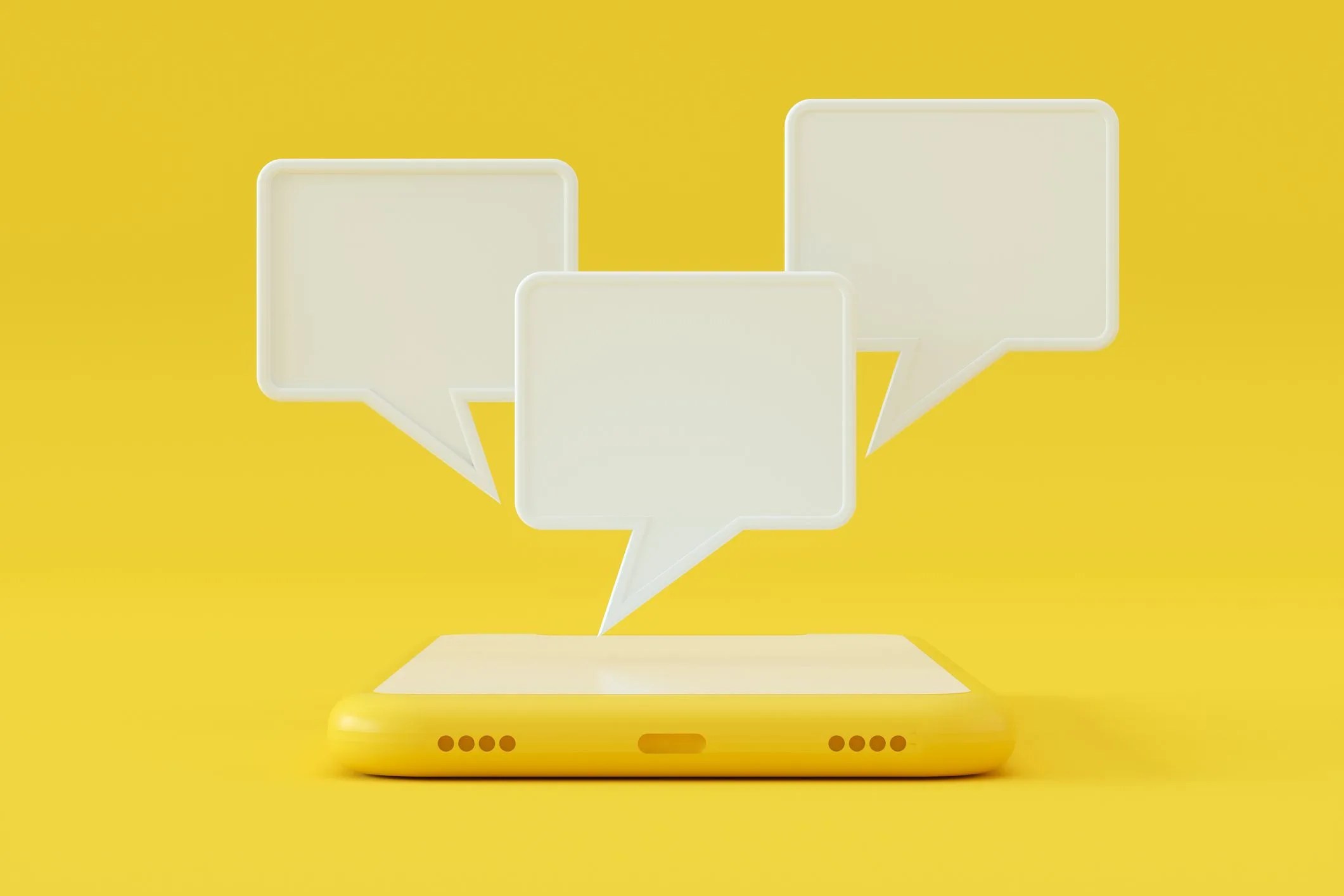iMessage is more than another messaging app. It consolidates all your iMessages (texts, photos and videos sent to you from another iPhone) and SMS and MMS messages (texts and media files sent to you from an Android smartphone) in one convenient place. And, quite frankly, it’s the main reason why a lot of people don’t trade in their iPhones for Androids. They don’t want to be a green bubble.
This is because if you don’t have an iPhone, communicating with friends and family who do have iPhones can be a pain. People will randomly not receive your messages. Or you’ll not receive theirs. You’ll separate group chats into multiple different threads and, as a result, many of your iPhone-wielding family and friends may dislike you, like, for real.
If you have an iPhone, you use iMessage. And yes, you know how to send use to text people or react to different messages (with the ‘thumbs up’ or ‘heart’), but iMessage is pretty versatile app. And Apple is constantly updating it with new features — and that’s especially true with iOS 16, which just rolled out this September, and it brought a lot of highly-requested new features to iMessage.
How to Edit an iMessage
If you have iOS 16 (or later) on your iPhone, you can finally edit an iMessage after you send it. The catch is that you need to have sent the iMessage to somebody who has an iPhone (not an Android) and you can only edit it in the 15-minute window after you send it. After 15 minutes you can’t edit it. This’ll give you time to adjust grammatical errors (especially caused by autocorrect) when you see them.
- Long-press on the iMessage you want to edit.
- Select Edit and then make your edits.
- When done, hit the ‘Send’ button again.










